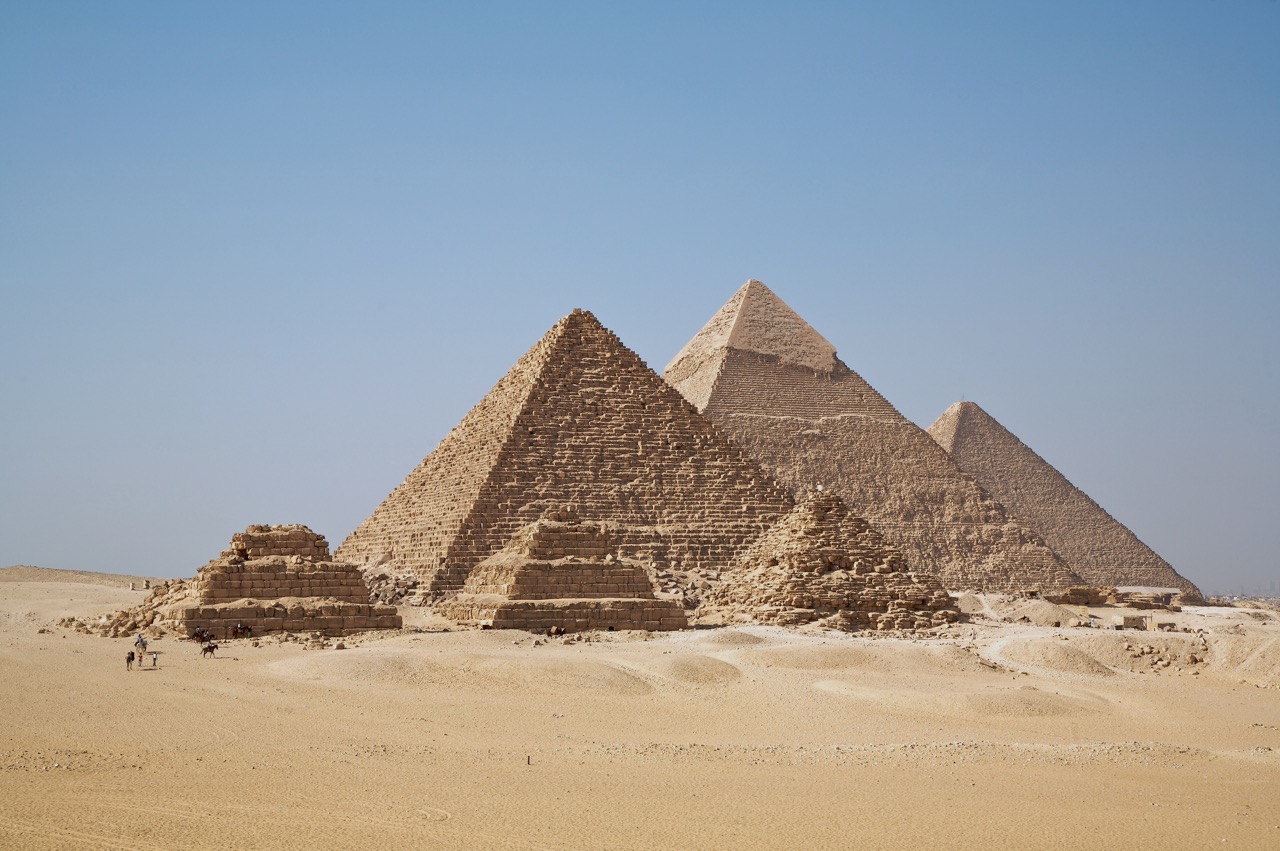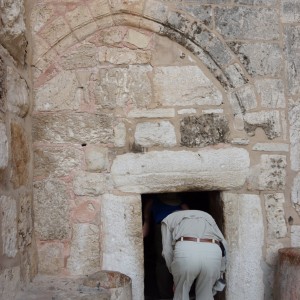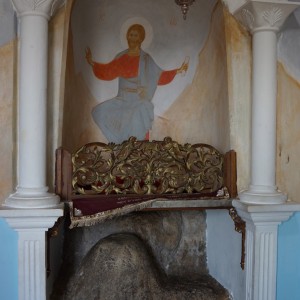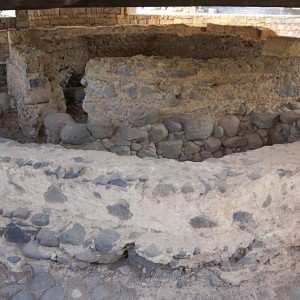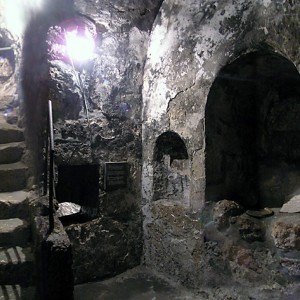Joseph got up, took the child and His mother during the night and left for Egypt, where he stayed until the death of Herod. –Mt 2:14-15
A book about stones in the life of Jesus can hardly ignore the Pyramids of Egypt. Why? Because there is good reason to suppose that Jesus saw them as a child.
For anyone traveling in Egypt the Pyramids are hard to miss; Giza lies along the Nile River route that the Holy Family is believed to have followed. The family probably spent some years in exile, recapitulating their people’s history of bondage in that land. Jesus may have been as old as four, even six, when the family finally returned to Nazareth. What might have been the thoughts of a precocious boy upon seeing these monoliths, the largest manmade structures on earth?
It’s easy to assume that almost everything important in Jesus’ life happened during the three-year period of His ministry. But what if we knew more of the stories of His childhood? Certainly the few accounts we have in the gospels—the birth narratives, and the twelve-year-old discoursing with His elders—are spectacular. It would be odd if these were the only outstanding events from the youth of the Messiah. Wouldn’t a boy who was God, whether He was trying to or not, have had an extraordinary effect on everyone around Him, on the very air, the trees, the animals, the rocks? After all, the angels and demons certainly knew who He was, and that alone must have caused a considerable stir throughout His life.
Apparently Jesus’ neighbors did not see Him as exceptional: “Isn’t this the carpenter’s son?” (Mt 13:55). But Egypt was a long way from Nazareth, and it’s hard to believe the Son of God could have been in a pagan land without leaving His stamp. The Coptic Church agrees. The Christian faith, brought to Alexandria by Mark the Evangelist in 41 AD, spread quickly throughout Egypt, the earliest churches being founded on sites where it was believed the Holy Family had visited. In the fifth century Pope Theophilus testified to receiving from Mary herself, in a vision, a detailed outline of their journey. His account happens to tally with oral traditions from the previous four centuries, relating supernatural occurrences that accompanied the Christ Child wherever He went: pagan idols falling, fountains springing up, miraculous signs and healings.
An itinerary of such sites may be visited by pilgrims today, including a number of sacred rocks, such as the stone handprint of the Child Jesus in a cave at Gabal El-Tair, and a stone footprint at Sakha. How much of this is true? No telling. But the sheer weight of the tradition is as difficult to dismiss as the Pyramids themselves.
In his book The Stones Cry Out, Randall Price describes climbing to the top of the Great Pyramid of the Pharaoh Cheops. From there he reflects that “these stones, which had seen the flowering and fall of the Egyptian empire, were already 1,000 years old when Abraham passed through to claim his inheritance in Canaan. They were a symbol of refuge in the days of Joseph when he brought his father Jacob and his sons to settle in their shadow. The Pyramids had witnessed the oppression of the Israelites and the exodus under Moses. They had watched the Hebrew prophet Jeremiah as he was taken from his captive land of Judah, and they beheld the infant Jesus in His flight from King Herod. If only these stones could speak, what stories they could tell!”
My hunch is that their stories would largely be about the hoards of peasants who sacrificed their lives to the brutal labor of constructing colossal rock piles to the glory of a few miserable excuses for human beings. The Hebrews were far from being the only slaves in Egypt. The whole culture was enslaved, and that is what the Pyramids represent: an entire people dying for their king—in short, the diametric opposite of Christianity.
(Photo by Ricardo Liberato, Wikimedia Commons)
Next week: Jesus’ Bed of Stone
